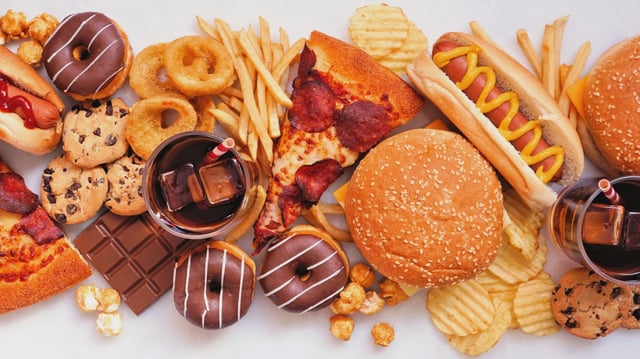Overview
- CDC figures for 2021–23 show ultra-processed foods supply 55% of Americans’ calories and nearly 62% for those aged 1–18.
- The American Heart Association’s advisory emphasizes that some fortified or nutrient-dense processed products can fit into a healthy diet, calling for nuanced definitions.
- A UK BMJ Nutrition study finds nutrient-based HFSS rules overlap just 58.7% with NOVA-defined UPF calories, leaving over 40% of ultra-processed intake unregulated.
- Randomized crossover research in Nature Medicine reports greater weight loss on minimally-processed diets than on ultra-processed-heavy regimens, bolstering causal concerns.
- Officials and policymakers are debating clearer UPF labeling, updated definitions and equity-focused interventions to address disparities in consumption.



